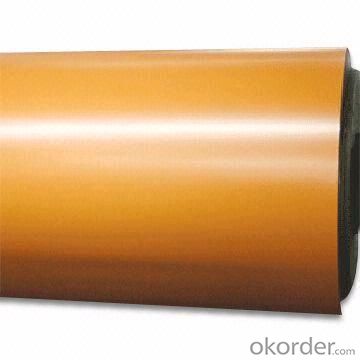Packaging & Delivery
| Packaging Details: | export packing |
|---|---|
| Delivery Detail: | 45days |
OKorder Service Pledge
OKorder Financial Service
You Might Also Like
Standard:AISI, ASTM, BS, DIN, GB, JIS
Grade:ASTM A36, Q235B,Q345B,SS400,SS300,SPHC, Q195, Q215,
Thickness:1.2mm-20mm
Place of Origin:Hebei, China (Mainland)
Brand Name:JIS,AISI,ASTM,GB,DIN,EN,BS,SUS
Model Number:ASTM A36, Q235B,Q345B,SS400,SS300,SPHC, Q195, Q215,
Type:Steel Coil
Technique:Hot Rolled
Width:Width: 145-2000mm
| Packaging Details: | export packing |
|---|---|
| Delivery Detail: | 45days |
1.HOT ROLLED STEEEL COILS/STRIP
Standard: JIS,AISI,ASTM,GB,DIN,EN,BS,SUS
Grade: ASTM A36, Q235B,Q345B,SS400,SS300,SPHC, Q195, Q215,
Thickness: 1.2mm-20mm Width: 145-2000mm

Send your message to us
OKorder Service Pledge
OKorder Financial Service
Similar products
Hot products
Hot Searches
Related keywords